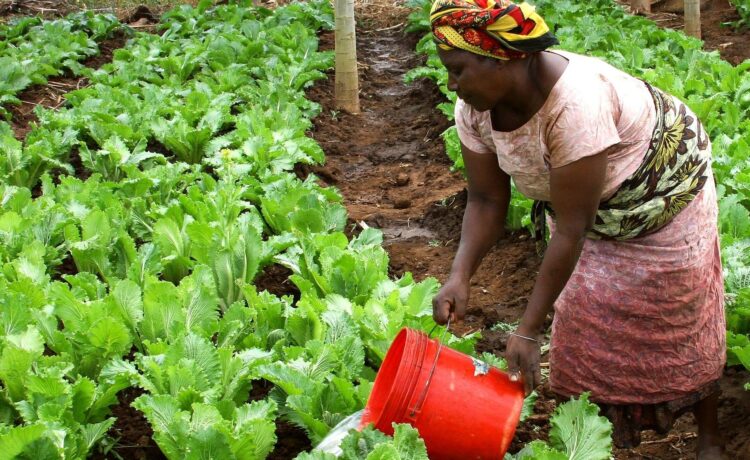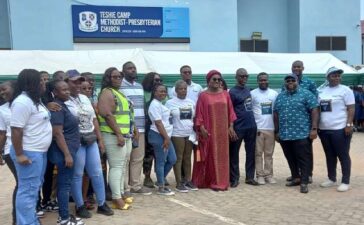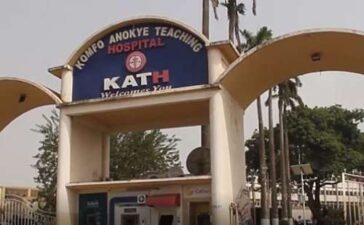The Department of Agriculture has met farmers on the Research Extension Farmer Linkage Committee (RELC), which serves as a forum for key stakeholders in Ghana’s agricultural sector to address farmer-related constraints.
The session was organised by the agricultural department at Asene Manso Akroso District in Akim Manso, where about 50 consumers, farmers, agro-input dealers, food processors, Ghana Meteorological Agency, and assembly officials attended.
Mr. Prosper Klu, Asene Manso Akroso District Director of Agriculture, stated that the platform annually assesses progress and efforts in promoting proven technologies and best practices in the sector.
He urged participants to put into practice a set of principles and official standards that they had previously learnt in food and livestock farming.
Mr. Edward Tetteh, Crops Officer at the District Agriculture Department, highlighted some key activities planned and carried out to address previous year’s constraints.
Farmers had low taro yields in 2021 due to black and yellowish spots on them, he said, but the problem was solved when the department provided farmers with improved suckers. Again, some post-harvest problems with maize were resolved by the introduction of hermetic bags (pest bags) for maize preservation, which could take up to three years.
The 2022 RELC seminar aimed to discuss agricultural commodities and farmer constraints, as well as potential causes and solutions.
Weevil attacks on maize, late arrival of maize seeds, and dying of rice growing portion were among the constraints identified under cereals.
Others were insect infestations, insufficient maize seed suppliers, and fungal infection around the root, with the solutions being good sanitization, spraying with recommended agro-chemicals, and an appeal for subsidised farm inputs.
Furthermore, tree crop constraints included low yield in oil palm, rubber leaves turning yellow and eventually falling off, virus growing on cocoa trees, and plantain falling when it rained lightly.
Several other causes were discovered, including the use of low-quality planting materials, fungal attack on the lower portion of the rubber stem, insect feed on the root, and poor farm maintenance.
The solutions suggested included using high-quality planting materials, cutting and removing affected branches, and plantain pairing.
Vegetable constraints included holes discovered on cabbage leaves, the constant death of garden eggs, and vegetable growth without flowering.
White flies were said to feed on the cabbage leaves, and regular rains caused flower abortion. It was suggested that a timely application of recommended insecticides and planting could help to alleviate the situation.
The loss of hair with rashes on small ruminants, disease outbreak in exotic birds, and high cost of poultry feed and drugs were discovered to be constraints on poultry and livestock.

The possible causes included low disease resistance, an unsanitary environment, and a lack of veterinary officers at the various District Agriculture Offices. The provision of adequate veterinary officers, the provision of more disease resistant birds, and the provision of a hygienic environment for the ruminant were identified as possible solutions.
Mr. Daniel Agyei-Dwarko, Eastern Regional RELC Coordinator, advised farmers to work with the district’s few Agriculture Extension Agents to keep up with modern agriculture technologies.
Madam Cecilia Aboagye, a cocoa farmer, stated that the knowledge gained would improve her farming techniques and therefore requested that the Agriculture Department hold regular forums.
Source:GNA













